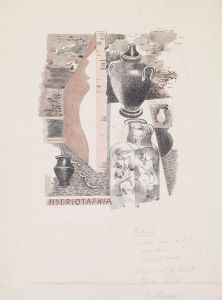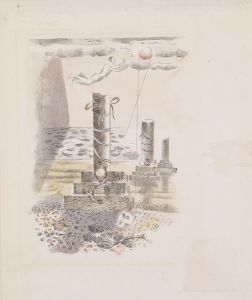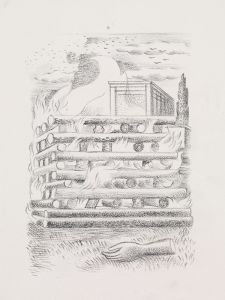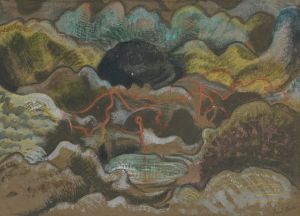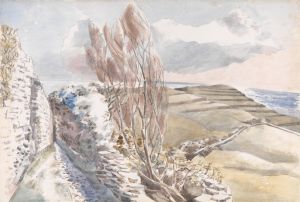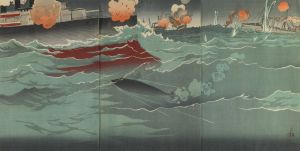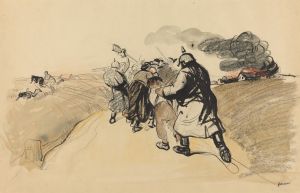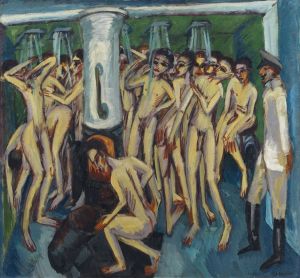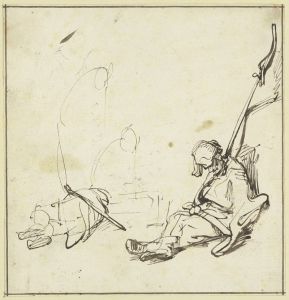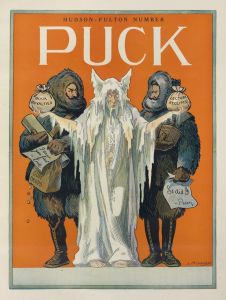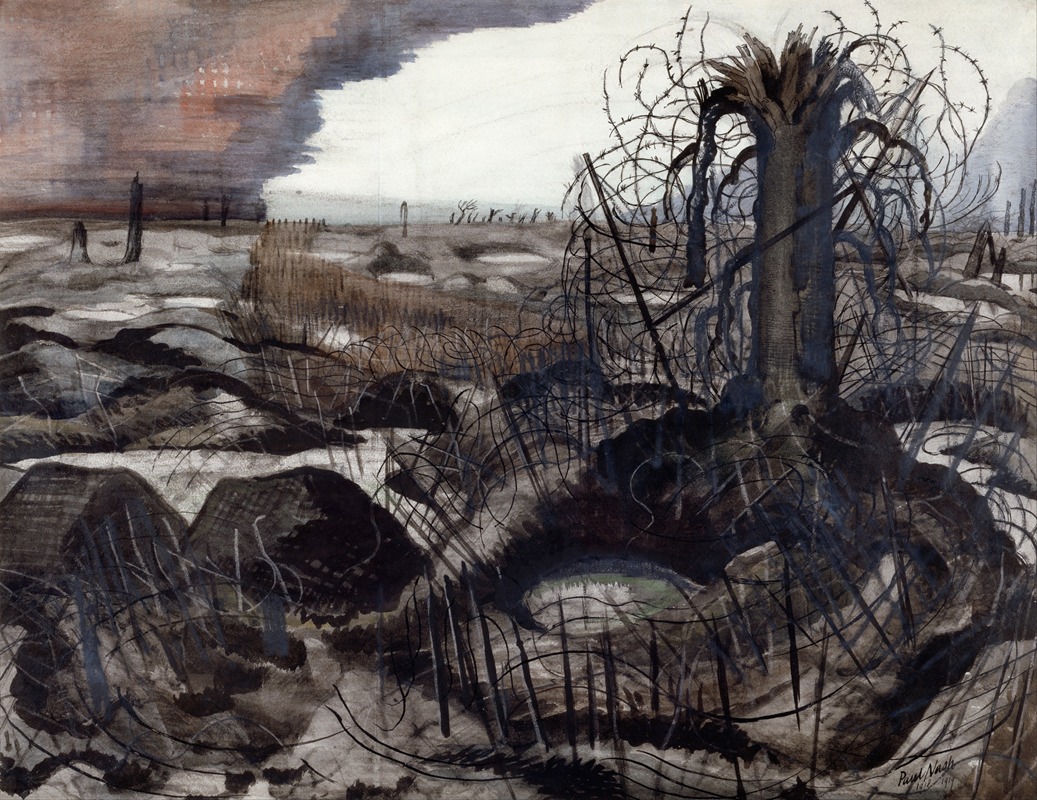
Wire
A hand-painted replica of Paul Nash’s masterpiece Wire, meticulously crafted by professional artists to capture the true essence of the original. Each piece is created with museum-quality canvas and rare mineral pigments, carefully painted by experienced artists with delicate brushstrokes and rich, layered colors to perfectly recreate the texture of the original artwork. Unlike machine-printed reproductions, this hand-painted version brings the painting to life, infused with the artist’s emotions and skill in every stroke. Whether for personal collection or home decoration, it instantly elevates the artistic atmosphere of any space.
Paul Nash's painting "Wire" is an evocative piece of art that captures the grim realities of World War I through the lens of modernist aesthetics. Painted in 1918, "Wire" is one of Nash's many works that reflect his experiences as an official war artist for Britain during the Great War. Nash, who served on the Western Front, was deeply affected by the devastation he witnessed, and his art from this period is characterized by a haunting portrayal of war-torn landscapes.
"Wire" is a striking example of Nash's ability to convey the desolation and destruction of war. The painting depicts a barren battlefield, dominated by the twisted and tangled forms of barbed wire, which was a common feature of the trench warfare that defined much of World War I. The wire serves as a powerful symbol of the entrapment and futility experienced by soldiers, as well as the physical and psychological barriers imposed by the war.
Nash's style in "Wire" is marked by a blend of realism and abstraction. While the scene is grounded in the harsh reality of the battlefield, Nash employs a modernist approach to composition and form, using stark lines and a muted color palette to emphasize the bleakness of the environment. The painting's composition draws the viewer's eye across the chaotic landscape, evoking a sense of unease and disorientation that mirrors the experiences of those who lived through the conflict.
The impact of "Wire" lies not only in its visual representation of war but also in its emotional resonance. Nash's work communicates a profound sense of loss and despair, capturing the psychological scars left by the war. His use of barbed wire as a central motif underscores the pervasive sense of entrapment and the inescapable nature of the conflict, reflecting the broader themes of isolation and destruction that pervade his war art.
Paul Nash's contributions as a war artist were significant in shaping public perception of World War I. His paintings, including "Wire," offered a stark contrast to the more romanticized depictions of war that were common at the time. By presenting the brutal realities of the battlefield, Nash challenged viewers to confront the true cost of war and its impact on both the landscape and the human spirit.
"Wire" remains an important work in the canon of war art, exemplifying Nash's unique ability to blend modernist techniques with poignant subject matter. Through his art, Nash not only documented the physical devastation of World War I but also captured the emotional and psychological toll it took on those who experienced it. His legacy as a war artist endures, with "Wire" standing as a testament to the power of art to convey the complexities of human conflict.





